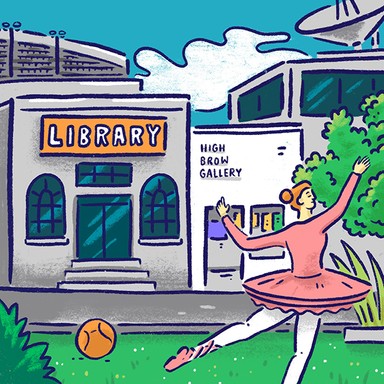
Southland District Council

Transport
Helping communities get from A to B is a key responsibility of local government, from making sure the buses run on time to providing car parking and walking and cycling paths. Whether public transport is the responsibility of the regional or local council depends on where you are in the country. Local councils also own 87% of New Zealand’s roads.

Transport
Helping communities get from A to B is a key responsibility of local government, from making sure the buses run on time to providing car parking and walking and cycling paths. Whether public transport is the responsibility of the regional or local council depends on where you are in the country. Local councils also own 87% of New Zealand’s roads.
Focus must be on the 850 bridges in the district, of which 171 need replaced. Budgets and cashflows for these need priority.
Give clarity to road users about the future of 5,000 km of roads, with falling contribution from the government/NZTA. Safety is paramount.
Demand answers from NZTA on where one third of the revenue collected from Southland that does not make it back down here is spent.
Encourage community boards to consider ways to make communities more connected.
Encourage walking trails and bike trails through community land.
Discuss and encourage reduced speed limits.
Map a public transport network with options to increase access to jobs, education, healthcare, and cultural activities for our communities.
Implement safe and accessible infrastructure for walking and cycling around schools with community safety education.
Trial and implement a programme for on-demand low-carbon transport for communities.
Support safer footpaths and roads.
Work to improve infrastructure like wharves, helping the maritime sector where possible, with transport, logistics and safety.
Promote walking and cycling as community incentives for health and fitness, and to help with congestion.
Work with local communities and contractors to ensure safe roads for private motor vehicles, public transport, and manual transport – bikes.
Focus must be on the 850 bridges in the district, of which 171 need replaced. Budgets and cashflows for these need priority.
Give clarity to road users about the future of 5,000 km of roads, with falling contribution from the government/NZTA. Safety is paramount.
Demand answers from NZTA on where one third of the revenue collected from Southland that does not make it back down here is spent.
Encourage community boards to consider ways to make communities more connected.
Encourage walking trails and bike trails through community land.
Discuss and encourage reduced speed limits.
Map a public transport network with options to increase access to jobs, education, healthcare, and cultural activities for our communities.
Implement safe and accessible infrastructure for walking and cycling around schools with community safety education.
Trial and implement a programme for on-demand low-carbon transport for communities.
Support safer footpaths and roads.
Work to improve infrastructure like wharves, helping the maritime sector where possible, with transport, logistics and safety.
Promote walking and cycling as community incentives for health and fitness, and to help with congestion.
Work with local communities and contractors to ensure safe roads for private motor vehicles, public transport, and manual transport – bikes.
Mayor
Compare the mayoral candidates in your area
Local council
Compare the candidates for your city or district council
Regional council
Compare the candidates for your regional council
Local board
Compare the candidates for your local or community board







